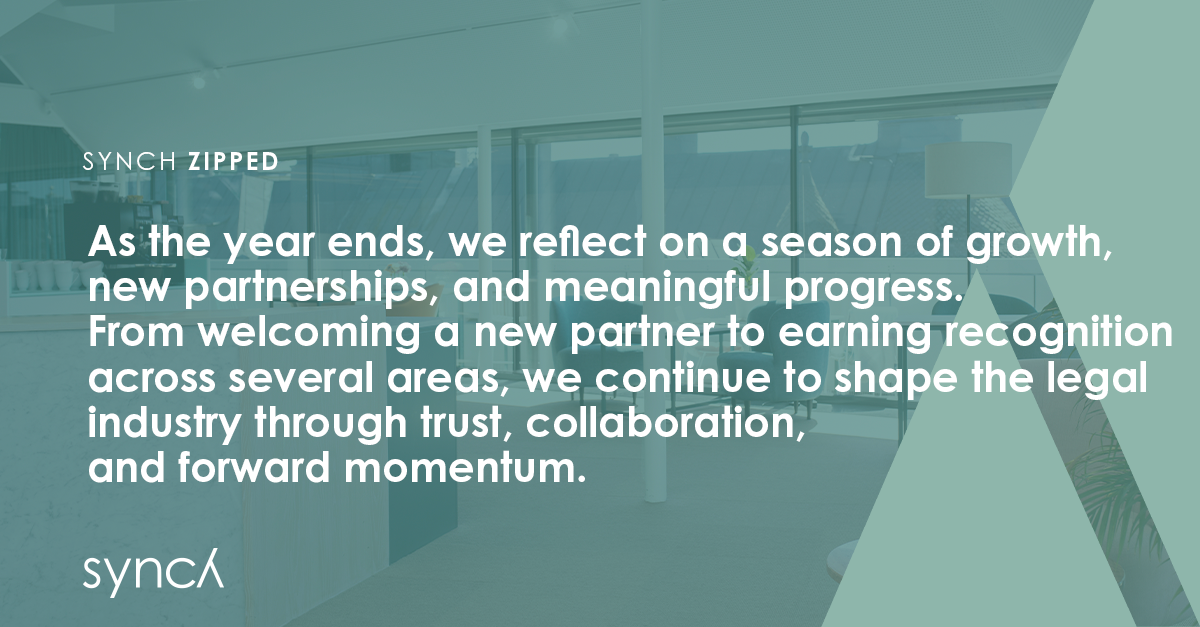The AI Act is quite technical, and from our experience, many companies are under the “AI Act fever”, trying to understand how to navigate this complex legislation. At Synch our view is to remain calm and allow us to help you understand how this new law will apply and what you can do already now to prepare. In this first article, the focus is on the definition of “AI system” which is a fundamental notion in the AI Act.
Rumours from the EU Parliament said that the definition of an “AI system” was challenging to bring together. It is worth mentioning that during the IAPP Data Protection Congress in Brussels in November 2023, one of the panellists who was a member of the EU Parliament apologised for “not having voice left to speak” due to heated negotiations over the definition of “AI model” that same morning (and yes, Synch team was there to confirm that this is true!).
AI SYSTEMS
The AI Act defines AI shortly and concisely as follows:
“AI system’ means a machine-based system designed to operate with varying levels of autonomy that may exhibit adaptiveness after deployment and that, for explicit or implicit objectives, infers, from the input it receives, how to generate outputs such as predictions, content, recommendations, or decisions that can influence physical or virtual environments.”
For a non-technical person, this definition may be challenging to understand (including the author of this article at first :) ). To make your life easier, we have gathered together all the explanatory material currently available, consisting of (1) Article 3 and Recital 12 of the AI Act and (2) the
OECD’s explanatory memorandum on the definition of an AI system, as updated in 2023:
AI Model
Although the AI Act mentions the term “AI model”, do not try to find the definition within the AI Act; striking as it may be, the AI Act does not provide a definition, apart from in relation to general-purpose AI models (which we will analyse further in a following article).
According to the OECD, “an AI model is a core component of an AI system used to make inferences from inputs to produce outputs”.
It is essential to understand that an AI model can be part of an AI system, but it does not constitute an AI system on its own.
Conclusion
Please note that all six requirements listed in the table above (the number is according to our methodology) must apply cumulatively for an AI system to fall under the legal definition of the AI Act. As these are the key characteristics of AI systems that distinguish them from simpler traditional software systems or programming approaches, “AI systems” should not cover systems based on the rules defined solely by natural persons to execute operations automatically. Note that not all software using AI will fall under the legal definition of an AI system; therefore a first step for organisations developing or using AI systems to ensure compliance with the AI Act, is to map the systems developed or used and assess on a case-by-case basis if they meet all of the six requirements.
Stay tuned. In the following article, we will elaborate on the key players involved in the use/development of AI technology and the material and geographical scope of the AI Act.
Written by: Elisavet Dravalou
Contributions: Hugo Snöbohm Hartzell & Kristin Tell
Synch brings calm to the rapidly evolving field of artificial intelligence by deep-diving into the dos and don'ts. Whether you're a tech enthusiast, a professional in the field, or simply curious about the future, our series of articles about AI aims to both inform and inspire.









.png)

